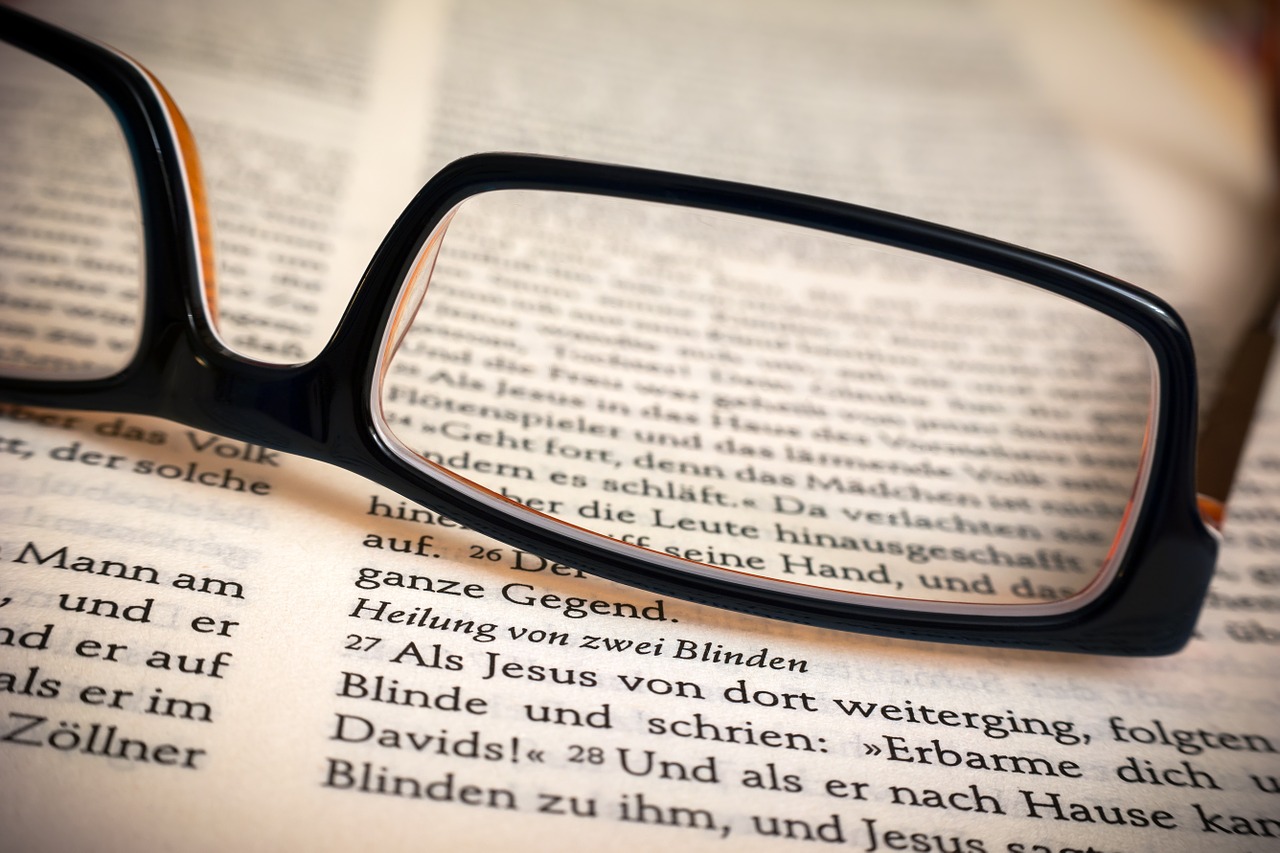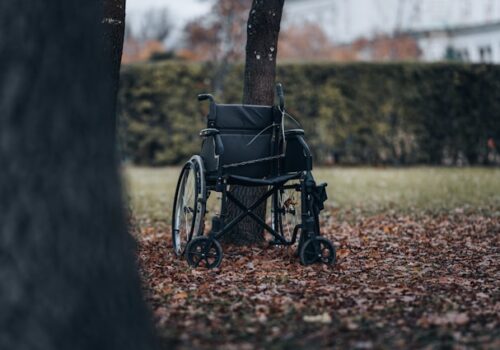Recommendations for the Organization of Education for Persons with Disabilities
Psychological characteristics
A student with a disability who has come to study at the university is a person with a great deal of experience in overcoming himself and his disability. The inability to function in a normal way has forced his body to build amazing workarounds and tap into more hidden resources. For some, the lack of sight or hearing was compensated for in the form of special sensitivity, attentiveness, and methodicalness. Others have released incredible energy and vitality in spite of their injuries or illnesses.It has been found that often this compensatory energy remains as if attached to the disability, making it a source of additional strength. You will notice that some students choose a profession paradoxically: for example, a person with a severe hearing impairment does not go to study in a “silent” industry, but chooses a profession that forces him to constantly overcome his limitations. This phenomenon is called “overcompensation”. In this case, the limitations that disability imposes on a person’s life become an engine of development in itself. A person who has accepted the challenge that life throws at him or her is ready to make overpowering efforts to achieve his or her goals. By the way, such patterns do not only apply to people with disabilities, they can manifest themselves in every person in difficult situations in life.The potential of a student with a disability can be learned to be used. Firstly, it will require a little attention to the specific needs of the student, without the realization of which he or she will not be able to get the information he or she needs. Secondly, one of the important rules of working with such students is the principle of “reliance on the preserved links.” In other words, when interacting with a student, it is necessary to gather information not so much about what he cannot, but to explore what he is able to do.
General rules
To begin with, here are some general recommendations that should be kept in mind both in everyday communication with a person with a disability and during the educational process:
- The most important rule of conduct with people with disabilities: be natural and communicate as equals. Pay attention to the person, not their disability, treat them as an individual. Do not behave in a patronizing manner.
- Treat the person with a disability the same way you treat other people. Always address the person directly, not the attendant or sign language interpreter who may be present during the conversation.
- Students with disabilities are normal students who may be lazy, skipping classes, etc. Treat them the same as the rest of us. Your course requirements should be the same for everyone.
Correct terminology
In modern society, it is customary to use the terms “invalid” and “person / person with disabilities. They are used primarily by government agencies, the media, representatives of science, education, etc. People with disabilities often express their dissatisfaction with these terms. Many prefer to be referred to as “a person with a disability. The right thing to do is to ask the person himself/herself how he/she thinks it is better to speak. That said, don’t be embarrassed if you say, “See ya!” or, “Have you heard about this…?” to someone who can’t really see or hear. Use common words and expressions. For example, it’s okay to use the word “look” in a conversation with a person who is blind – to him it means “to see with your hands, to touch”.
When talking to a person who uses a wheelchair or crutches, try to position yourself so that your eyes and theirs are at the same level. When communicating with people who can read lips, position yourself so that you can be seen clearly, try not to let anything (hands, hair) obscure your face.
When offering help, do not impose it and always ask if you need it first. Wait for agreement and then specify what exactly you can do and follow the instructions. If you don’t understand something, don’t hesitate to ask again.
Be attentive to the personal belongings of a person with a disability, such as a wheelchair, cane for the blind, hearing systems for the hearing impaired, etc. These things are in part an “extension of the body,” the person’s personal space, so you should not touch them unnecessarily.
Ignore minor behavioral disorders. Focus not on them, but on those positive qualities that students with disabilities have: motivation, will, persistence, desire for self-improvement and integration.
Make sure in advance that the places where the events are planned are accessible – seminars, lectures, etc. Analyze what problems or barriers may arise and how they can be eliminated (perhaps simply moving the event to another audience will help remedy the situation). If there are intractable architectural barriers, warn about them so that the person has the opportunity to make decisions in advance.
Many cases you will have to address on an individual basis. Students with disabilities may need to undergo treatment during the academic year. Be flexible about setting deadlines for work, tardiness, and attendance.
Do not prohibit students with disabilities from leaving the classroom (including during tests or exams), as they may need to undergo short but necessary medical manipulations (for example, students with diabetes need to have their blood sugar checked regularly).



